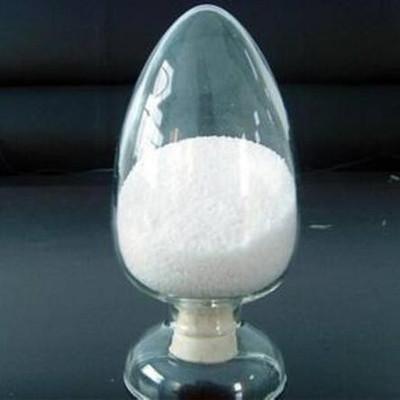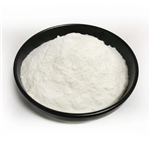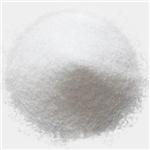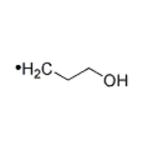The uses of hydroxypropyl methylcellulose
Sep 17,2019
Description
Hypromellose (INN), short for hydroxypropyl methylcellulose (HPMC), is a semisynthetic, inert, viscoelastic polymer used as eye drops, as well as an excipient and controlled-delivery component in oral medicaments, found in a variety of commercial products.

Chemistry
Hypromellose is a solid, and is a slightly off-white to beige powder in appearance and may be formed into granules. The compound forms colloids when dissolved in water. This non-toxic ingredient is combustible and can react vigorously with oxidizing agents.
Hypromellose in an aqueous solution, like methylcellulose, exhibits a thermal gelation property. That is, when the solution heats up to a critical temperature, the solution congeals into a non-flowable but semi-flexible mass.
Uses
As a food additive, hypromellose is an emulsifier, thickening and suspending agent, and an alternative to animal gelatin.[3] Its Codex Alimentarius code (E number) is E464.
It is used as a vegan alternative to gelatine in medicines and supplements; as a treatment for dry eye syndrome and as a gluten replacement in gluten-free bread.In gluten-free bread it improves the elasticity, stability, volume and moisture retention.This makes a loaf more akin to gluten containing bread (source: Study on effects of HPMC and CMC on the properties of gluten-free bread).
- Related articles
- Related Qustion
- Is Hydroxypropyl methyl cellulose safe for humans? Jan 25, 2024
Hydroxypropyl Methyl cellulose (HPMC)is globally known as “Hypromellose” and is manufactured by chemically made polymer cellulose.
- Hydroxypropyl methyl cellulose: Application, metabolism and pharmacokinetics Mar 24, 2023
Hydroxypropyl methyl cellulose is a modification of alkali cellulose, and it find use in in the food, drug, and the dietary supplement industries.
- Overview Introduction of Hydroxypropyl methyl cellulose(HPMC) Jul 26, 2021
Cellulose is a natural substance normally present in most diets because it is the major structural carbohydrate of green plants. Cellulose is essentially a linear polymer of glucopyranose units connected by (3-1,4-glucoside links.
Embodiments of the present invention relate to the use of a therapeutically-effective amount of Olivetol to reduce, eliminate, inhibit or alleviate the psychoactive effects of THC in users of Cannabis. Further embodiments of the present inv....
Sep 17,2019Chemical ReagentsBimatoprost, also known as Latisse or Lumigan, belongs to a group of drugs called prostamides, which are synthetic structural analogs of prostaglandin. Bimatoprost, marketed by Allergan, is administered in an ophthalmic solution and has the....
Sep 17,2019APIHydroxypropyl methyl cellulose
9004-65-3You may like
- Potassium carbonate: a food additive
Apr 15, 2024
- Can Ammonium bicarbonate be used as a food additive?
Apr 9, 2024
- How to Melt Coconut Oil at Home?
Mar 21, 2024
Hydroxypropyl methyl cellulose manufacturers
- Hydroxypropyl methyl cellulose
-

- $30.00 / 1kg
- 2024-04-24
- CAS:9004-65-3
- Min. Order: 1kg
- Purity: 99%
- Supply Ability: 600tons
- Hydroxypropyl methyl cellulose
-

- $4263.00 / 1Tons
- 2024-04-24
- CAS:9004-65-3
- Min. Order: 1Tons
- Purity: 99.99%
- Supply Ability: 100Tons
- Hydroxypropyl methyl cellulose
-

- $2671.00 / 1ton
- 2024-04-24
- CAS:9004-65-3
- Min. Order: 1ton
- Purity: 99%
- Supply Ability: 1000ton




